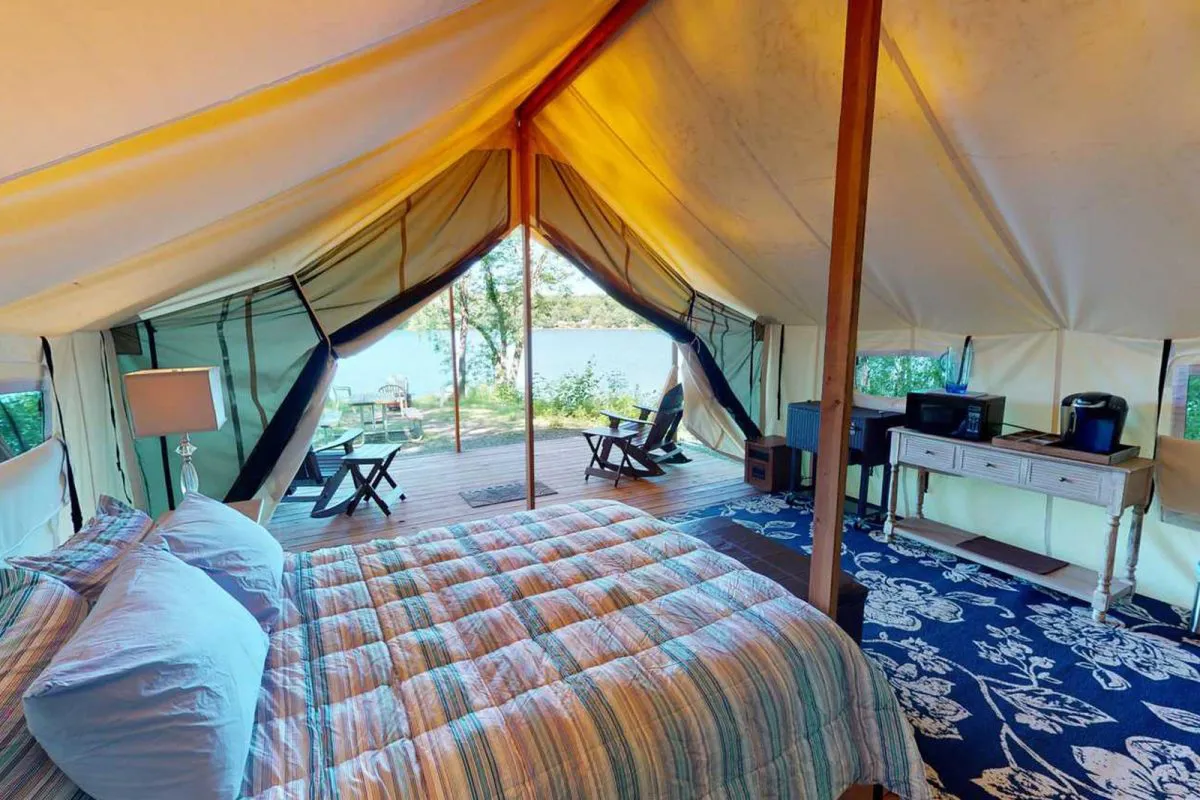How to Stay Safe and Sustainable When Beach Camping
Beach camping can be an exciting, adventurous way to connect with nature. However, novice campers may find the experience daunting; thus requiring additional planning.
Beach camping requires several essential items: tent, sleeping bag and other essentials. When beach camping it’s also essential to abide by the Leave No Trace seven principles by selecting an uncompromising site away from sensitive ecosystems.
Check the Weather
Beach camping is an enjoyable adventure all year-round, but be mindful to monitor the weather regularly so as to remain safe. Summer storms may occur unexpectedly and make sleeping uncomfortable – always be vigilant with regard to wind!
Beach camping sleeping surfaces typically consist of the sand, tent footprint or groundsheet, air mattress or hammock. A good tent for beach camping will be lightweight and quick to set up with breathable fabric to protect campers from sun glare and salt spray.
Be mindful to follow all fire regulations at beaches, and remember that tide levels vary constantly. Harvesting driftwood should not be done, as this contributes to the destruction of natural ecosystems at beaches.
Know Your Limits
Beaches are beautiful but fragile ecosystems that must be preserved. To do this, only camp at designated campsites and don’t trespass into protected dunes or seagrass areas as these help maintain cleanliness on the beach.
If your campsite lacks shade, bring along a screened canopy to provide shelter from the sun’s harsh rays and bring sunscreen as well as wide-brimmed hats to prevent sunburns.
Tide levels should also be taken into consideration. Make sure that your camp site is above the high tide mark to prevent flooding at night, and know the tide cycle ahead of your journey and check it regularly – this way you’ll always be prepared if an unexpected storm arises!
Set Up Close to the Water
One of the main attractions of camping is close proximity to water. Be sure to select a spot near water with shade from direct sunlight, and ensure it has easy access. Also be mindful of staying within your campsite boundaries and not entering nearby beaches where there are sensitive ecosystems such as dunes and coastal wildlife that need not be disturbed by your presence.
Remember that not all beaches are suitable for fire starting, so choose an appropriate spot before starting a campfire. If the wind blows strongly enough to blow out any flames you try starting, dig down to block its passage so your fire doesn’t blow out of control and spread across your campsite or start another wildfire – both actions will help safeguard plants and animals that live there as well.
Don’t Sleep on the Sand
Sleeping directly on the sand when beach camping can be hazardous for multiple reasons, not least of all because it gets you dirty and sandy – and can also be uncomfortable, making sleep difficult when the sand shifts at night!
Beach campers face another difficulty with changing tides: staying informed. Knowing how high the water may rise is crucial; make sure that you’re camping above its level if possible, just in case. There are apps and websites dedicated to tide data that can assist with this research.
An essential item for beach camping is a tarp to protect from sand intrusion and provide storm shelter. Sand stakes – longer tent stakes that hold tight in uneven terrain – should also be included as part of your gear list.
Protect the Environment
Beach camping can be an amazing way to reconnect with nature, but it is important to remember that its ecosystems are delicate. Care and respect should be shown towards both poison ivy and cliff edges when visiting these spaces – taking simple precautions can go a long way toward making your trip enjoyable and sustainable.
Beach camping requires the use of a good tarp, which serves multiple functions including sun shelter, wind break and tent footprint. Bonfires on the beachside provide a memorable camping experience; just remember to practice fire safety by bringing additional bundles of dry wood as well as a trash bag to store food scraps or toilet paper from your campsite.












